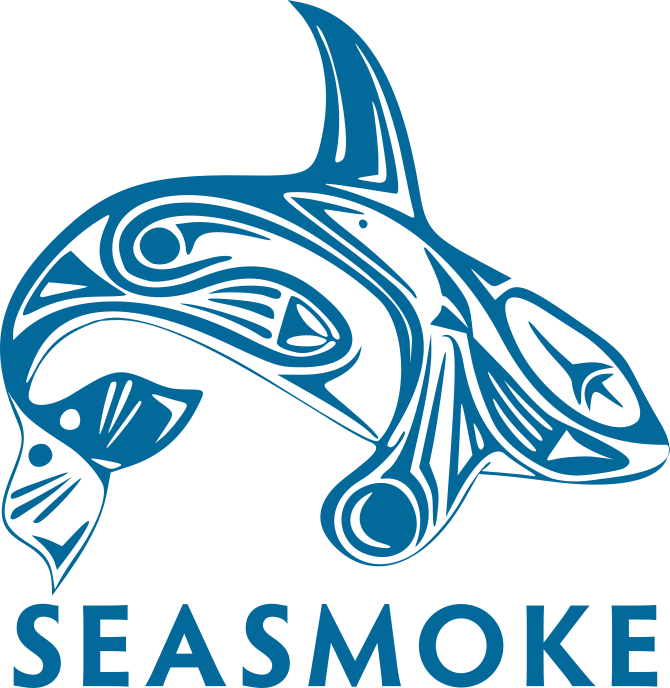Welcome Home Humpbacks!
Happy Spring! Here on Northern Vancouver Island, spring means salmonberry blooms, herring spawns, Pacific wrens singing in the forest, the scent of skunk cabbage on the air, and the return of the giants. After months spent in the warm breeding waters of Hawaii and Mexico, humpback whales begin their long migration back to the nutrient-rich feeding grounds of the North Pacific, including the pristine waters near Alert Bay, Blackfish Sound, and Johnstone Strait.
Humpback whale Ripple (BCX1063) with her calf surfacing just behind her. It’s especially exciting to see females with new calves.
And for us, this time of year is always one of the most magical. It’s the time of year when running into friends and asking the question, “have you seen anyone around yet?” refers to whales and not people. It’s not just a migration. It’s a homecoming.
Humpback whales (Megaptera novaeangliae) undertake one of the longest migrations of any mammal on Earth, traveling up to 8,000 kilometers each way between their breeding and feeding grounds.
In the winter, they calve and mate in the warm, shallow waters of Hawaii and Mexico. These tropical waters provide protection for newborn calves, which are born without the thick layer of blubber needed to survive colder seas.
But tropical waters aren’t rich in food—so as spring approaches, humpbacks begin their journey to feast in the cooler, krill- and fish-rich waters of British Columbia and Alaska. They arrive hungry and ready to refuel.
The waters around Northern Vancouver Island are some of the most productive marine ecosystems in the world, teeming with life and offering humpbacks exactly what they need: schools of herring, swarms of krill, and deep, cool currents.
It’s also a region filled with history, culture, and community. As locals who live year-round in Alert Bay, we feel deeply connected to these waters and the wildlife that call them home. We don’t just offer tours—we share our backyard, our knowledge, and our love for this coast with every guest.
At Seasmoke Whale Watching, we believe in respectful, small-group whale watching that puts the wildlife first. We follow (and exceed) marine mammal viewing guidelines, and we’re proud to be part of a community of operators contributing to citizen science and conservation.
Because humpback whales typically return to the same areas every year to feed, we have the opportunity to get to know them as individuals. As part of our Citizen Science Program, we document and photograph individual humpback whales and send this information to the Marine Education and Research Society (MERS) and Happywhale, non-profit organizations that then use this data to track humpback movements, determine familial and non-familial relationships, learn about behaviour, and much more. Because of data contributions from people up and down the West Coast, as well as in the breeding grounds of Hawaii and Mexico, we know that most of the humpbacks that feed north of Campbell River (including the areas around Telegraph Cove and Johnstone Straight) migrate to Hawaii in the wintertime. Those individuals that primarily feed south of Campbell River mostly return to Mexico to breed. Surprisingly, some whales have been seen in both breeding locations, even in the same season!
This summer, join us on tour to learn more about these incredible animals and participate in our Citizen Science Program – we’d love to welcome you aboard!





